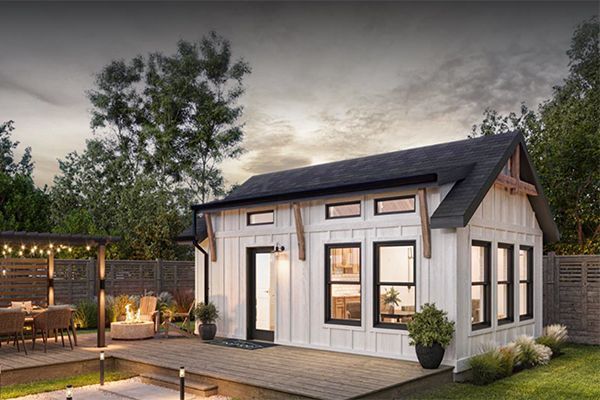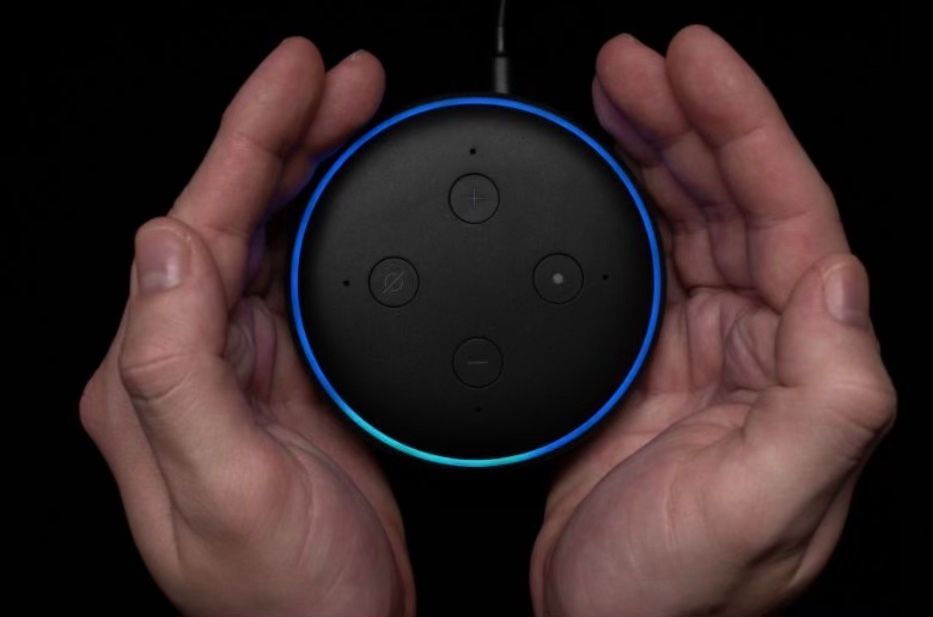As the population ages, more seniors are choosing to remain in their homes rather than move to assisted living facilities. An aging in place inspection is a critical step in this process, identifying potential hazards and recommending modifications to enhance safety, accessibility, and comfort.

As the population ages, more seniors are choosing to remain in their homes rather than move to assisted living facilities. This trend, known as "aging in place," allows older adults to maintain their independence and stay connected to their communities. However, ensuring that a home is safe and suitable for aging in place requires careful planning and regular inspections. An aging in place inspection is a critical step in this process, identifying potential hazards and recommending modifications to enhance safety, accessibility, and comfort.
What is an Aging in Place Inspection?
An aging in place inspection is a comprehensive evaluation of a home to determine its suitability for elderly residents. This inspection is typically conducted by a certified aging in place specialist (CAPS), a professional trained to identify the unique needs of older adults and suggest appropriate modifications. The inspection covers various aspects of the home, including structural integrity, accessibility, safety features, and the functionality of everyday items.
Key Areas of Focus
Accessibility: Ensuring that the home is easily navigable is paramount. Inspectors look for potential barriers such as narrow doorways, steep stairs, and high thresholds. They may recommend installing ramps, widening doorways, or adding stairlifts to accommodate mobility devices like wheelchairs and walkers.
Safety: Reducing the risk of falls and injuries is a primary concern. Inspectors check for hazards such as loose carpets, poor lighting, and cluttered walkways. They often suggest installing grab bars in bathrooms, non-slip flooring, and adequate lighting throughout the home.
Bathroom Modifications: The bathroom is one of the most hazardous areas for seniors. Inspectors assess the need for walk-in tubs or showers, raised toilet seats, and grab bars. They may also recommend anti-scald devices for faucets and showers to prevent burns.
Kitchen Adjustments: The kitchen should be both functional and safe. Inspectors evaluate the height and accessibility of countertops, cabinets, and appliances. Recommendations might include lowering countertops, installing pull-out shelves, and ensuring easy-to-reach storage.
Emergency Preparedness: Quick access to emergency services is vital. Inspectors ensure that emergency numbers are easily accessible, and they may recommend installing a medical alert system. Additionally, they check that smoke detectors and carbon monoxide detectors are functioning correctly and positioned appropriately.
Living Spaces: Comfort and ease of movement in living areas are crucial. Inspectors may suggest rearranging furniture to create clear pathways, removing tripping hazards, and ensuring that commonly used items are within easy reach.
Benefits of an Aging in Place Inspection
Conducting an aging in place inspection offers numerous benefits for seniors and their families:
Enhanced Safety: Identifying and addressing potential hazards significantly reduces the risk of accidents and injuries.
Improved Accessibility: Modifications make the home more navigable, allowing seniors to move around with ease and confidence.
Increased Comfort: Tailoring the home environment to the needs of seniors enhances their comfort and quality of life.
Peace of Mind: Knowing that the home is safe and well-equipped provides peace of mind for both seniors and their loved ones.
Cost Savings: Preventative modifications can reduce the likelihood of accidents and the associated medical costs, potentially delaying or eliminating the need for assisted living facilities.
Conclusion
Aging in place inspections are a vital tool in ensuring that seniors can safely and comfortably remain in their homes as they age. By identifying potential hazards and recommending necessary modifications, these inspections help create a living environment that supports independence, safety, and well-being. For families and caregivers, investing in an aging in place inspection can provide invaluable peace of mind, knowing that their loved ones are living in a secure and supportive environment. As the population continues to age, the importance of such inspections will only grow, making them an essential component of senior care and home maintenance.
Bob is a Certified Aging In Place Specialist and co-founder of Resilient Life Technologies, LLC, an Oklahoma company that provides Aging In Place inspections, Ambient Assisted Living solutions, Personal Emergency Response Systems (PERS) devices and ADU construction services for seniors and people with disabilities that desire to remain living independently in their homes.







Share On: